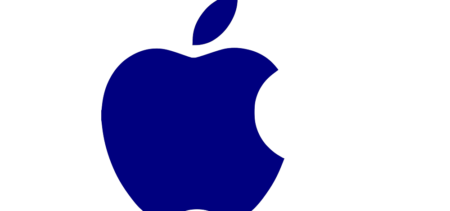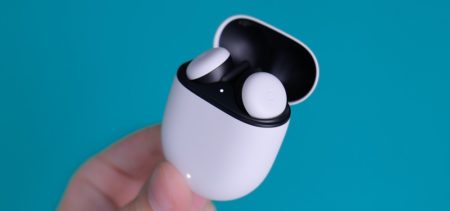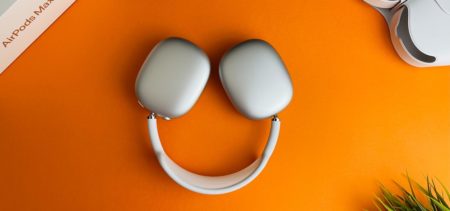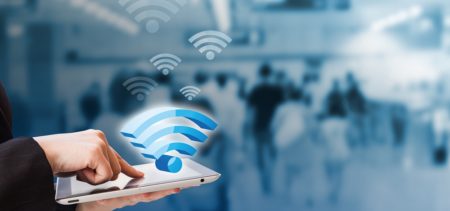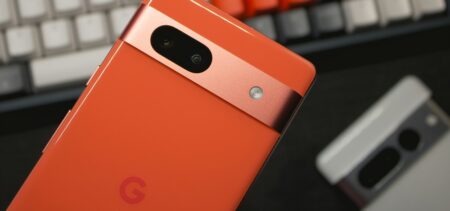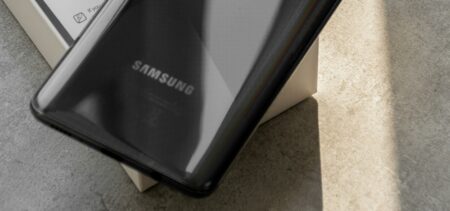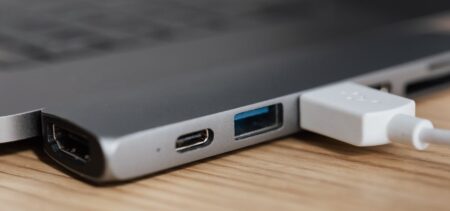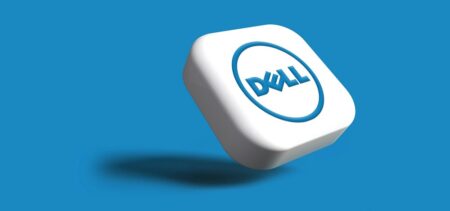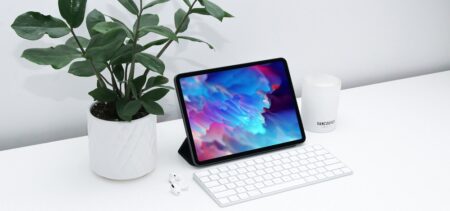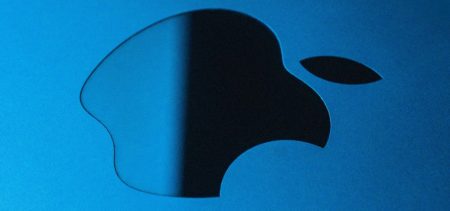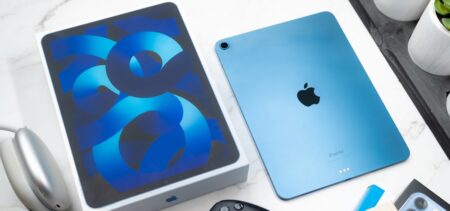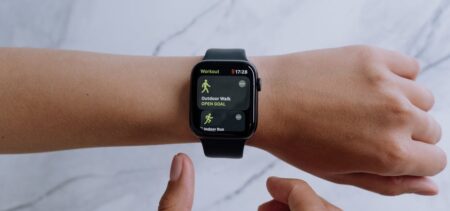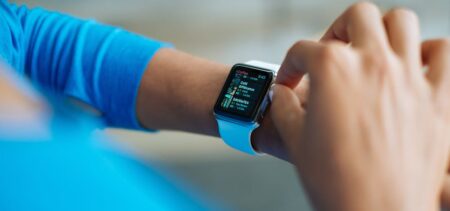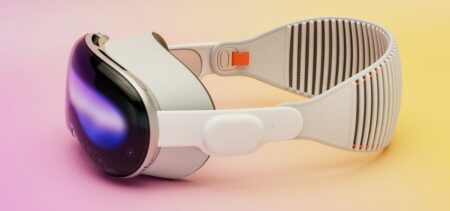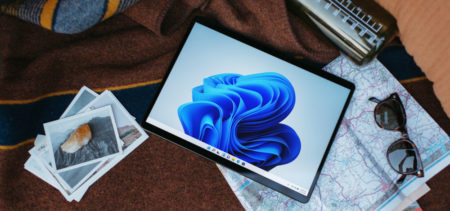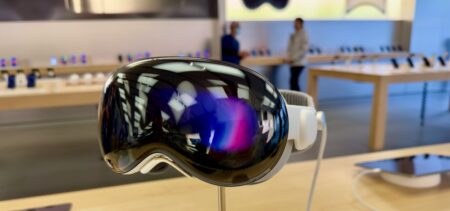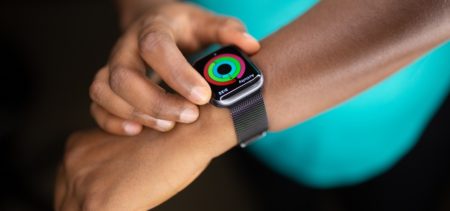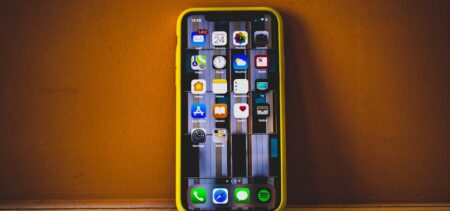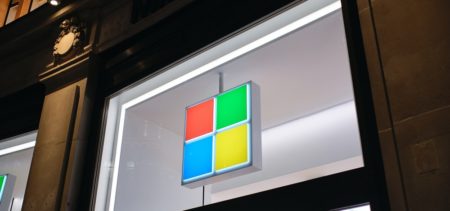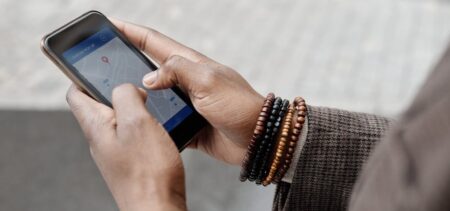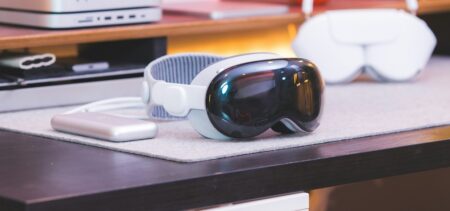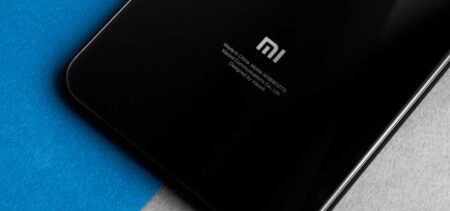Although the year is still early, taking a look at some of the tech predictions for 2016 might serve in remembering which technologies qualify as hot, and in trying to identify them in the trending news headlines to see whether the reality confirms or contradicts the forecasts.
-
In what e-commerce tech predictions
is concerned, the estimated prevalence of in-store tech adoption (Business Insider) debuted with a few resonant retailer moves:
- Nordstrom, Brooks Brothers and Levi’s reunite in introducing Intel technology in their stores: the metal Brannock device for measuring shoe size became 3-D foot measuring platform; the traditional fitting methods turned into 3D fitting with body scanning technology (tech: HP tablet and/or tech-equipped changing rooms) and respectively, Levi’s plans to use the Intel Retail Sensor Platform;
- Neiman Marcus plans to merge the online and in-store customer experience via Bluetooth beacons that would help customers locate in-store products easier (technology in customer assistance);
- Walmart on the other hand announced the second week of January the closing of 154 of its stores in the U.S and 115 more worldwide, in a major e-commerce push
- Amazon went way ahead the typical 2015/16 trends with what it called “the retail stores of the future” – brick-and-mortar stores that mark an unprecedented expansion into physical retail (apparently there are plans to open another 300 to 400 bookstores); although their first store of this kind opened in the fall of 2015, the move will fully reveal its amplitude in 2016.
2. Virtual Reality
is still a wobbly topic – the specialists are unsure whether it will gain traction this year. While Recode predicts the stall of VR to the benefit of AR (Augmented Reality), others see the dawn of traditional user interfaces paralleling the raise of VR hardware.
We already know that Apple is working on prototypes for virtual and augmented reality gear, which indicates that the technology is here to stay and integrate.
The industries potentially benefiting from this migration of the digital world into the partially sensorial world count healthcare and education in the first rows, followed by marketing, journalism, travel, real estate, skilled trades, automotive and retail (according to ZDnet).
Although the main and secondary effects of implementing VR-based classes are yet partially estimable, the pressure coming from the tech producers is strong and persistent, aiming at official agreements that would welcome VR/AR into the classrooms and open the funding season. Various sources underline the benefits and praise the qualities of a learning experience enhanced via the immersive medium of extended digital worlds. Therefore, in what education is concerned, we are not officially there yet, but the gap is small.
Healthcare and VR also have a complicated relationship – and the online sources venture posts on how VR headsets could help in treating depression and on such (yet) experimental approaches are on trial. On the other hand, there is talk of an exaggerated VR hype. For example, Unity Technologies’s CEO John Riccitiello, who hosted the first ever dedicated the first ever Vision Summit considers that VR growth will take longer than estimated.
3. Another overestimated technology in what its 2016 trajectory is concerned would be the smart home tech.
Due to the various standard battles stalling the unitary development of connected home related technologies, in combination with the non-critical status for the public (smart homes are not a necessity, but a luxury), apparently such technological living environments will not gain traction in 2016 (see again this source).
On top of this, the cyber-security fears are another element not to be solved soon: when considering the risks involved by the smart appliances, environment controllers and other smart home elements, many potential customers are taking a step back.
With one of the European governments just admitting the possibility of using smart home devices for spying and with various software deemed not good enough, the many online tops reviewing the latest, most attractive connected gadgets for our mansions, we may well feel tempted yet weary.
4. E-payment
developments and new solutions are also predicted for 2016, according to Business Insider. More precisely, a significant NFC-based Apple competitor should emerge from Android. A January announcement also mentions how Chase, Wells Fargo, and Bank of America have a two-phase rollout plan for the NFC-enabled ATM payments.
Indeed Google wants to replace Google Wallet with Android Pay, and it listed the retailers that support this payment system. Incidentally, here you may consult a guide on how to set up your Android Pay system.
5. Artificial intelligence
should also conquer new horizons, both in software form as in its robotic shape.
Robotic assistants are being tried out in Japan, while various types of personal robots are set to come on the market this year. Here you may check a personal assistant robots gallery from ZDnet The retail shops also expect the advancements coming out of the 2016’s partnership between IBM and Softbank.
Other interesting predictions
regard the autonomous driving system that is sure to overshadow the advanced driver assistance systems (ADAS) this year, and the direct Internet connectivity for wearables.
Of course it would be too early to fully judge the way 2016’s tech predictions tend to come true or not – some of them show signs of fulfillment, while others are hard to follow via relevant online sources.
Nevertheless, progress is not a straight line, and it tends to show revolutionary moments when previous developments have reached accumulation levels. Many innovative moves appear to emerge with gaps in their time line. In the hope that 2016 will amaze in positive ways, we may continue to keep an eye on the announced predictions while remembering there are still surprises to look up to.


